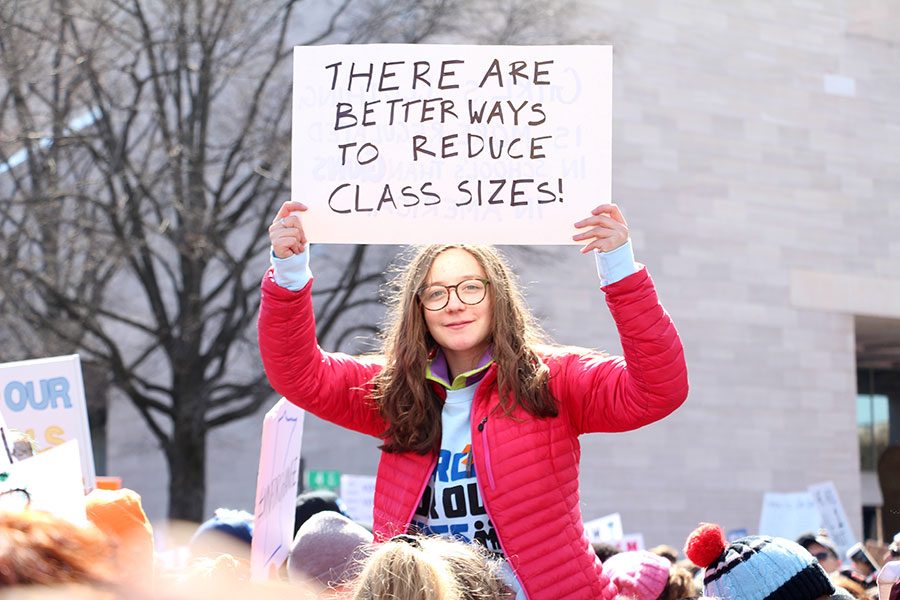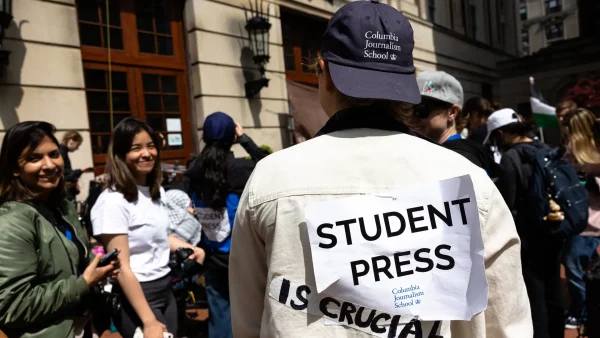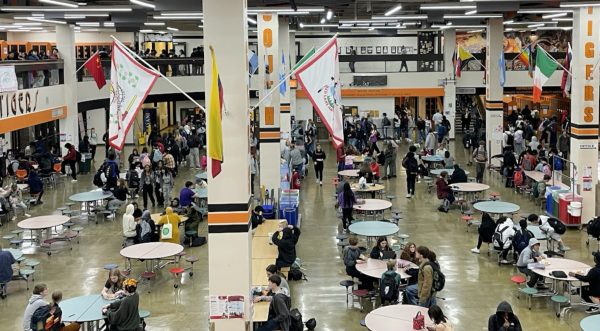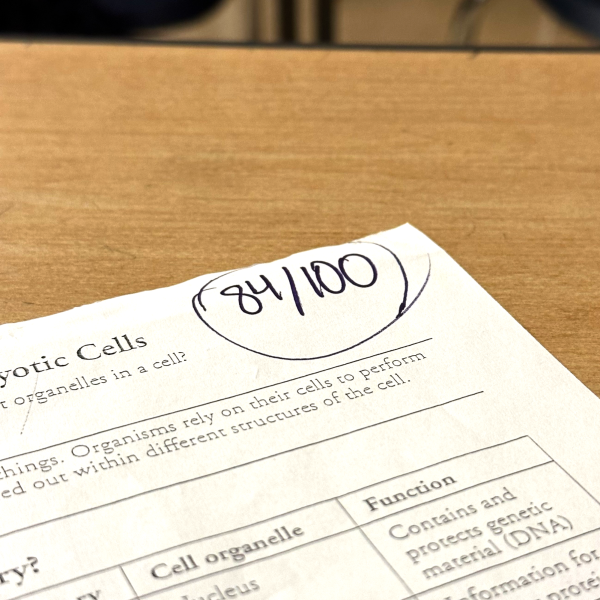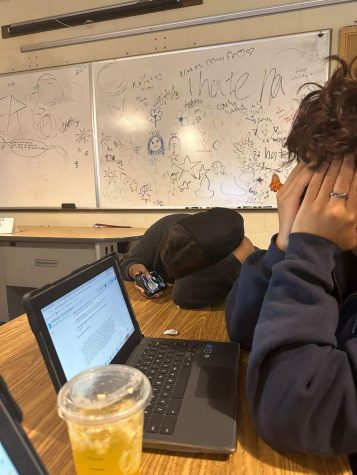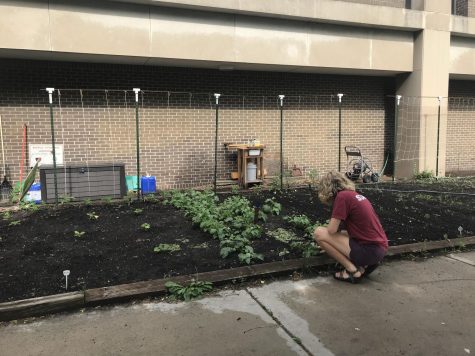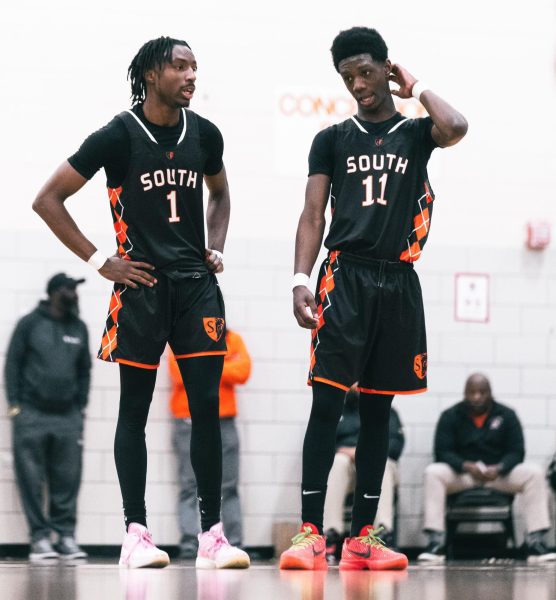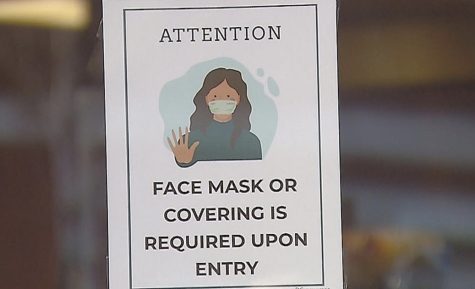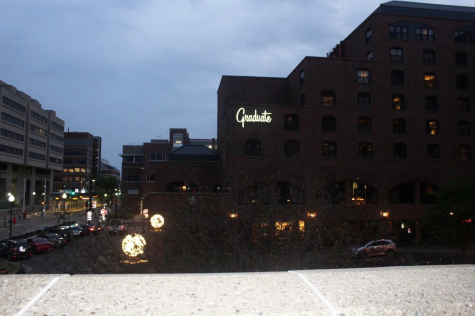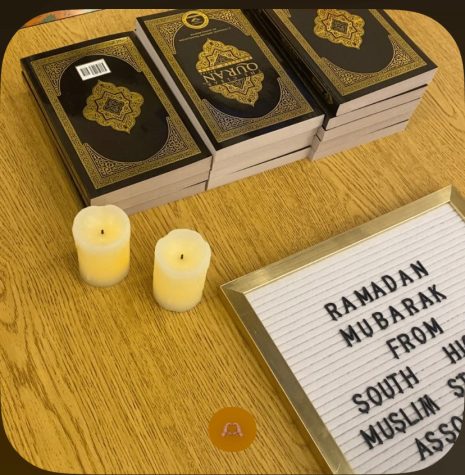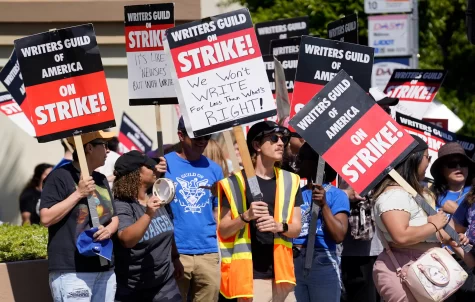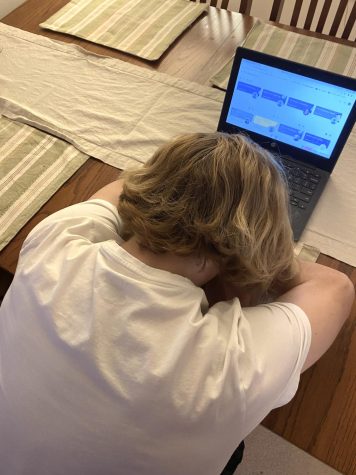Gun control movement needs to grapple with racism
Washburn sophomore Solana Breen hold a sign at The March for Our Lives rally in Washington D.C. It was a catalyzing event for the gun control movement. “I’ve found that white activism has increased since various school shootings have occured, but it’s from people I didn’t see at the majority of the Black Lives Matter protests,” said junior Eiset Mebrahtu. “People are willing to advocate for something when it affects them but not when it affects someone else… which I see is deep seated in racism. It really questions what the core of the movement is about.” Photo: Henry Holcomb
The current gun control movement has managed to gain significant political power in a matter of weeks. From social media activism to lobbying, politicians are starting to listen to youth. The March For Our Lives on March 24th and the nationwide walkout planned for April 20th are viewed as the focal points of this movement. While presumed good at face value, the racial politics of these events and larger gun control discourses need to be investigated and critiqued.
Many people of color have noted the recent surge in white-led activism around the gun control movement. “I’ve found that white activism has increased since various school shootings have occured, but it’s from people I didn’t see at the majority of the Black Lives Matter protests,” said junior Eiset Mebrahtu. “People are willing to advocate for something when it affects them but not when it affects someone else… which I see is deep seated in racism. It really questions what the core of the movement is about.” As freshman Ella Rank said, “The Parkland students have gained so much recognition because they are white.”
The South administration’s response to recent student walkouts has also differed from its reaction to previous walkouts sparked by local violence events. “The fact that you guys got your walkout. All four years I’ve been here, every time I’ve walked out I’ve gotten an unexcused absence. Every single time we walked out around something relating to gun violence and black teens we got no support from administration, no support from teachers…[The fact that] admin supports this stems back from the Parkland students being privileged,” said senior Shari Nurein.
At the March for Our Lives, one of the primary avenues to talk about people of color was the focus on “the everyday violence of urban America.” This frame of reference can become exceedingly racist. It juxtaposes the everyday violence of “urban” (read Black) America with the random, unforeseen innocent violence of Parkland (white America). “I separated what happened in Parkland from what happens in Chicago everyday,” said Nurein. In reality, Parkland and Chicago are incomparable.
Urban has been positioned as Black in public policy for a long time, dating back to the 1967 Moynihan report focused on the problems that led to the “urban riots,” leaning heavily on conservative talking points about urban disfunction, urban welfare queens etc. This discourse criminalizes blackness, as it presumes that when Black people have guns, it’s an everyday, all the time, violent situation as compared to when white people have guns, there are random lone wolfs, not whole violent communities.
Gun violence, as a daily problem, is portrayed as confined to urban America, a problem of violence that is exacerbated by guns but not reducible to it. This positions black America as an exceedingly violent place and implicitly calls to white fears over “urban riots”, “urban welfare queens,” etc. The urban geography is viewed as innately violent.
The violence that is inflicted ON communities of color — from ICE deportations to extrajudicial police murders — is not talked about enough in gun control movements. The legal system is positioned as a fair decider of access to guns, from police confiscating weapons to universal background checks.
In the current gun-control movement, possession of banned guns would become a crime. An assault weapons ban would mean the criminalization of people with assault weapons, which inevitably targets black and brown communities, as seen by the war on drugs. The reliance on cops and cages to end violence shows a blind eye to the violence that cops inflict on people of color daily. It’s important to remember that, as Rank said, “The Parkland kids were innocent but so was Philando Castile.”
Universal background checks are also seen as a way to reduce gun violence. While they would limit access to guns, they would disproportionately affect people of color. This is because the legal system positions people of color as criminals and as innately mentally unstable (e.g., the police murders of mentally ill black men), more than their white counterparts. Uncritically using the legal system to try to challenge gun violence allows for state violence to go on unchecked. “I think that [a ban on assault weapons] could definitely fall in the same path. With the War on Drugs, men of color are disproportionately arrested and processed differently in court. When you ban something, it is processed more dangerously and should be talked about,” said Rank.
There is no easy fix to this problem. Racism within movements cannot be ignored, even in times of crisis. Rather, activists need to think critically about what their demands are and how those demands could hurt the most vulnerable. Thought must be given to our reliance on the government to gain control and how that allows under-the-radar violence to continue.
The voices of people of color must be centered and uplifted in this movement. Looking critically at the discourse, policy proposals, and movement methods allows us to see whether or not continued investment in said movements is constructive and, if not, in what ways those movements can be changed to make them more liberatory. “I don’t understand how they can stand up against gun rights when they fail to stand up when people in their same community are being killed in the streets everyday,” said Mebrahtu.
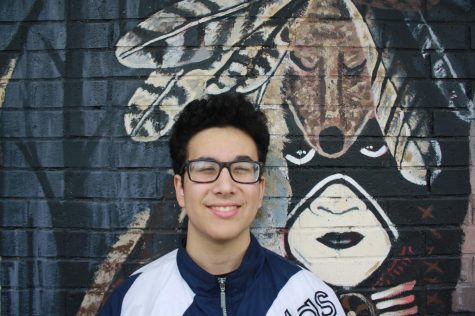
Senior Gabe Chang-Deutsch is returning as the News editor for his fourth year in the Southerner. Gabe spends a majority of his time debating for South’s...

